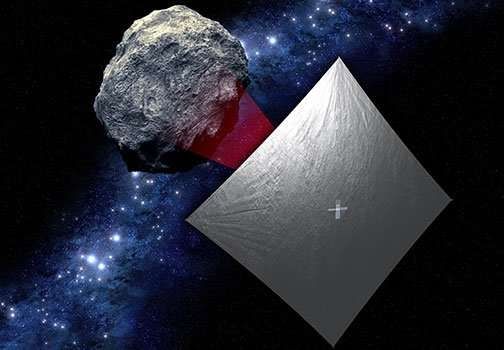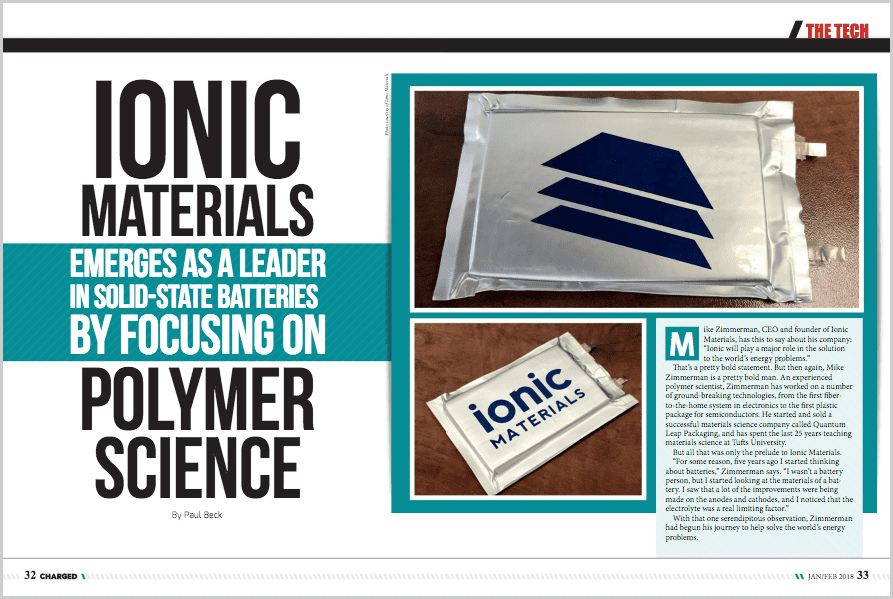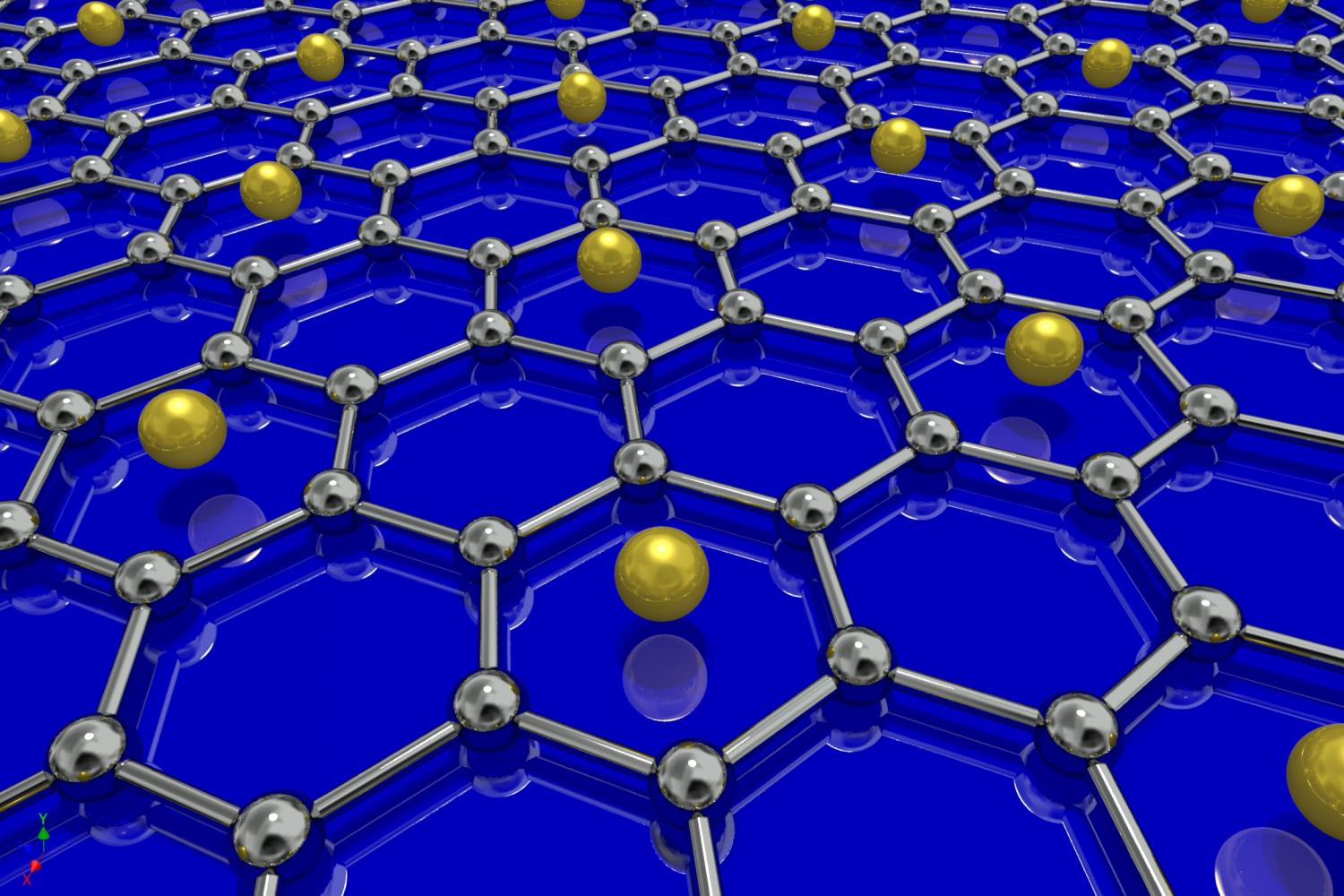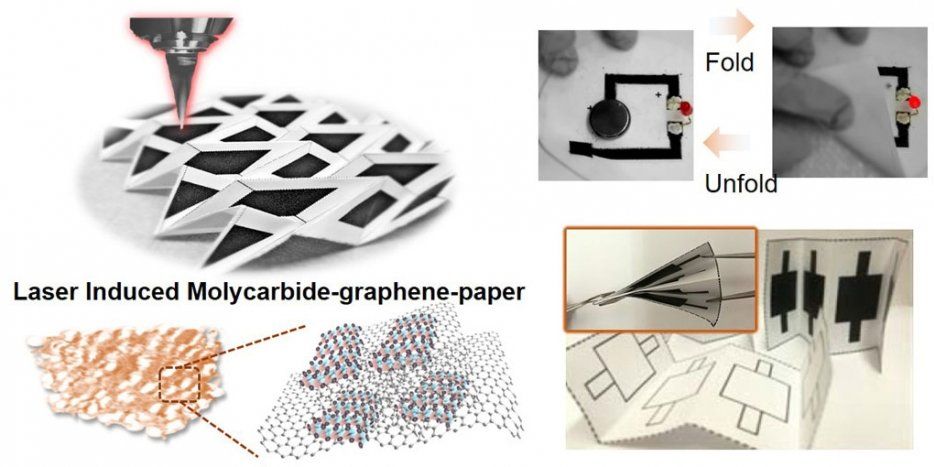Jul 30, 2018
What Comes After Silicon?
Posted by Shailesh Prasad in categories: computing, materials
Silicon is the king of the computing world. Almost all commercial integrated circuits have been based on silicon and, for the most part, on a single basic process called complementary metal oxide (CMOS).
But the end of silicon may be in sight. Even industry giant IBM acknowledges that silicon’s days are numbered. But why? And what’s going to replace it?
There is a whole raft of new materials and partial replacements for silicon in the offing. But I could have written that very sentence two decades ago—maybe even as far back as 1980. Yet silicon remains dominant.
















